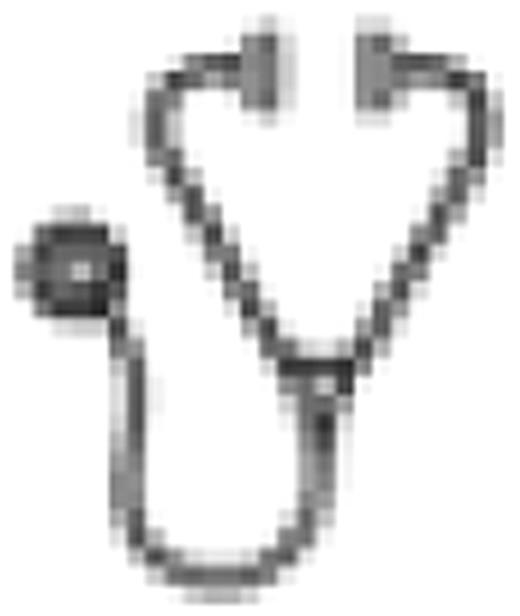Abstract
The Wilms' tumor gene 1 (WT1) is highly expressed in a large proportion of human acute leukemias and other hematological malignancies. Therefore, a lot of studies have been performed to determine the role of WT1 in hematopoiesis and leukemogenesis. Despite the large number of studies, the results still remain controversial. WT1 expression was repeatedly proved to be a strong prognostic factor as well as a marker for minimal residual disease (MRD). However, other studies did not confirm these results. A lack of standardized and universal method for the detection of WT1, together with different treatment regimens, has been proposed to explain these discrepancies. Nevertheless, the role of WT1 gene in normal and malignant hematopoiesis still remains to be elucidated.
To investigate the prognostic significance of WT1 expression at diagnosis of childhood acute myeloid leukemia (AML), we analyzed bone marrow samples (BM) from 211 patients with childhood AML enrolled in AML-BFM 04 treatment protocol. The analysis of WT1 expression level was performed in 3 participating centers (Frankfurt, Jena – Germany and Prague – Czech Republic) using the standardized and quality-controlled qPCR method published in 2009 (Willasch et al. 2009).
With respect to a different treatment strategy for M3 patients, we performed the analysis of entire cohort (excluding 2 patients with Down syndrome from the survival analysis) as well as non-M3 patients separately (n=195). The median of WT1 level at diagnosis was 2014 WT1/ABLx104 NCN and 1779 WT1/ABLx104 NCN for all patients and non-M3 patients, respectively. We found significantly lower WT1 level in high risk group (HR) compared to standard risk group (SR) (p<0.0001 and p=0.0014 for all pts and non-M3 pts resp.). The highest WT1 expression was detected in patients with M3 AML (n=16; 7959 WT1/ABLx104 NCN) and the lowest WT1 in M5 AML (n=44; 10 WT1/ABLx104 NCN). The presence of t(15;17), t(8;21) or inv16 was strongly associated with higher WT1, whereas patients with MLL rearrangements had lower WT1 expression (p<0.0001). FLT3/ITD positive patients (n=23) expressed significantly higher WT1 levels in comparison with FLT3/ITD negative pts (p=0.0001 for all and non-M3 pts). We proved a relation of WT1 expression with gender and WBC at diagnosis neither in the group of all patients nor in non-M3 pts. There was a non-significant trend (p>0.05) in the HR group for pts with > 5% of blasts at d15 to a higher WT1 expression. The survival analysis showed correlation of WT1 expression level and Event Free survival (EFS) or Cumulative Incidence of Relapse (CIR) neither in the entire cohort (3-year pEFS for patients with </>=140 WT1/ABLx104 NCN: 61% SE 4% vs. 52% SE 7%, p=0.12; 3-year CIR 39% SE 7% vs 35% SE 4%, p=0.45; n=59 vs 150) nor in the cohort of non-M3 patients or in patients with normal cytogenetics (n=43, data not shown).
We report the first results of an international multicenter study on WT1 expression in childhood AML, based on the standardized, universal and quality-controlled method for quantitative assessment of WT1. Our patients were treated according to a concordant treatment protocol, thus representing a well-characterized group of AML patients. Based on our results we can conclude that the initial WT1 expression in patients with childhood AML is not an independent prognostic factor for the outcome. Conversely, WT1 expression pattern in morphologically resp. cytogenetically defined subgroups of AML indicates, that WT1 level is strongly related to the biological characteristics of malignant cells. These findings should be taken into consideration when proposing WT1 as a prognostic marker in childhood AML. Supported by grant MSM0021620813, GAUK 81709 and IGA NS10488-3/2009
No relevant conflicts of interest to declare.

This icon denotes an abstract that is clinically relevant.
Author notes
Asterisk with author names denotes non-ASH members.

